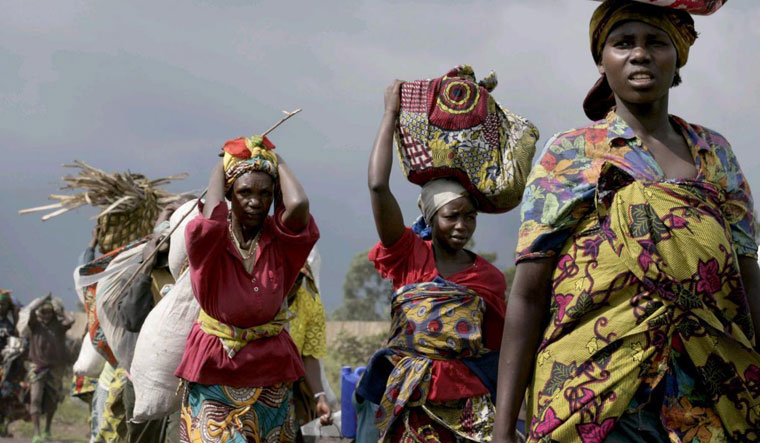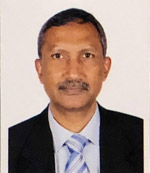Dr Denis Mutungere Mukwege, a 63-year-old gynaecologist from the Democratic Republic of the Congo (DRC), along with Ms Nadia Murad, the Yazidi activist, is the co-recipient of the Nobel Peace Prize for 2018 for their campaigns against the use of rape as a weapon of war. I do not quite recollect when Congo’s name figured last time in a manner as positive as this. I say this because usually DRC figures more, if not exclusively, in the context of things like chaos, strife, violence, death and epidemics. While it is true that DRC as a country has been plagued by all of this and more, it certainly is neither the full nor an accurate picture of this African behemoth.
DRC or Congo as it is most commonly known has figured in several classics ranging from the Tin Tin Comics to the adventures of Tarzan. The Uranium which facilitated the manufacture of the bombs dropped on the cities of Hiroshima and Nagasaki were sourced from the Congo. The country is home to the ape, bonobo, which many evolutionary biologists believe to be the closest to human beings. Two of the most active volcanoes of Africa are located in DRC. The country is famed for its rich mineral wealth estimated to be worth more than US$24 trillion which is more than the GDP of the USA and Europe put together. In spite of all this, the country figures very low on the HDI which is why phrases like ‘blessed and cursed’ and ‘rich and poor’ are often used to describe this most paradoxical country.
Western, Indian and Lebanese companies are there in a wide variety of sectors, but it is the overwhelming presence of the Chinese in the mining sector which, even if not very visible, is undeniable! Owning more than 60 per cent of the copper and cobalt resources in DRC in one form or the other (either as direct ownership of mines or by way of exports to China), the influence China exerts over this large country is quite staggering. DRC can be yet another example of the Chinese debt trap, but then that could form the subject of a separate study.
Indian peace keeping troops have been a part of the United Nations Operation in the Congo (ONUC) since the 1960s. Indian peace keeping troops, as part of the UN Organisation Stabilisation Mission (MONUSCO) in the DRC, have endeared themselves to the local population with clear adherence to their mandate and their professionalism. I have seen the high regard and esteem with which the Indian troops are held in the very challenging and battle-scarred eastern part of Congo. Indians and Indian diaspora have integrated themselves well with the local milieu. The ‘soft power’ generated by these two aspects along with the various scholarships, capacity building programmes, lines of credits, donations and grants by GOI could be tapped into by India.
Africa is poised to be the next theatre of global growth and DRC could very well be in the centre of this. The country is due for elections in December this year and if a stable government with a clear mandate is ushered in, India should be losing no time or opportunity to invest in any of the myriad sectors ranging from agriculture, health, small scale sector, education and, yes, even mining. The huge rain forests of Congo need not be so ‘distant’ to an Indian ‘elephant’ that looks at Africa as a partner in the process of its development.
Ashok Warrier is the former Indian ambassador to Democratic Republic of Congo




